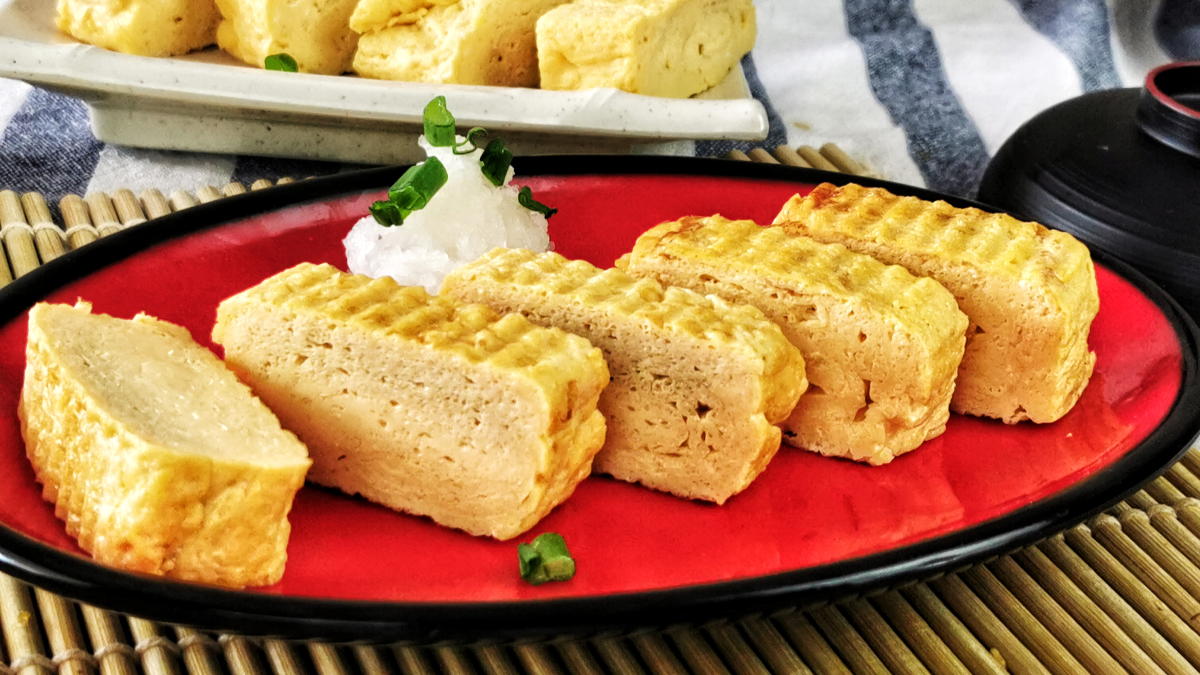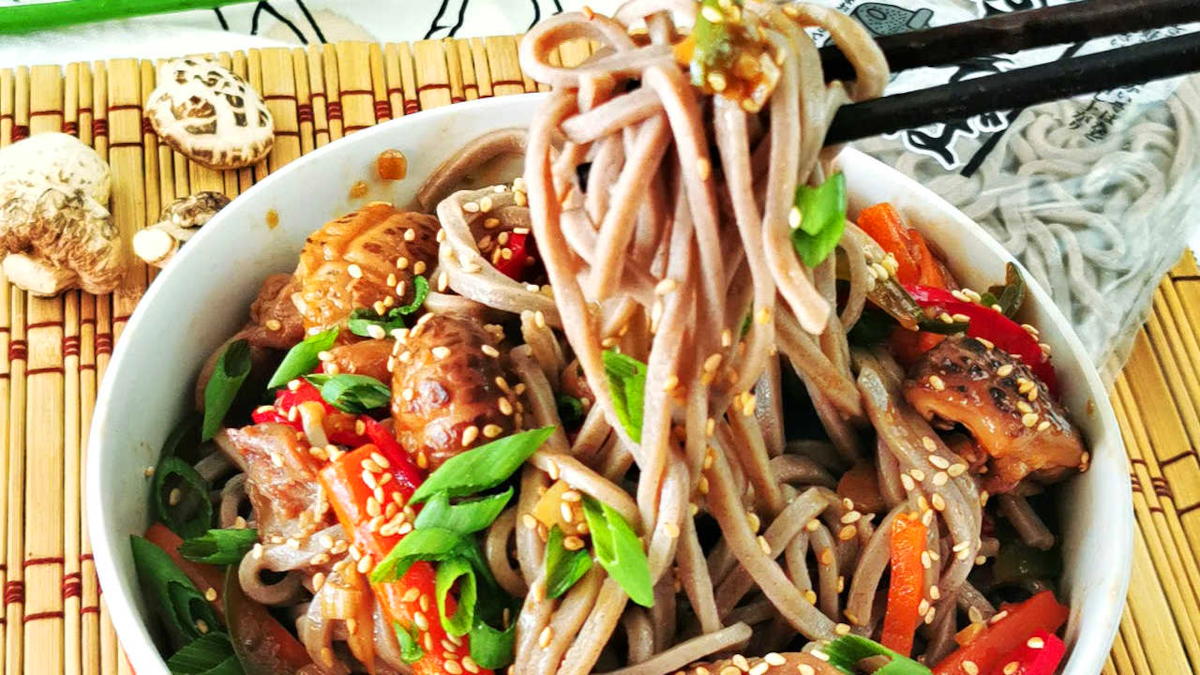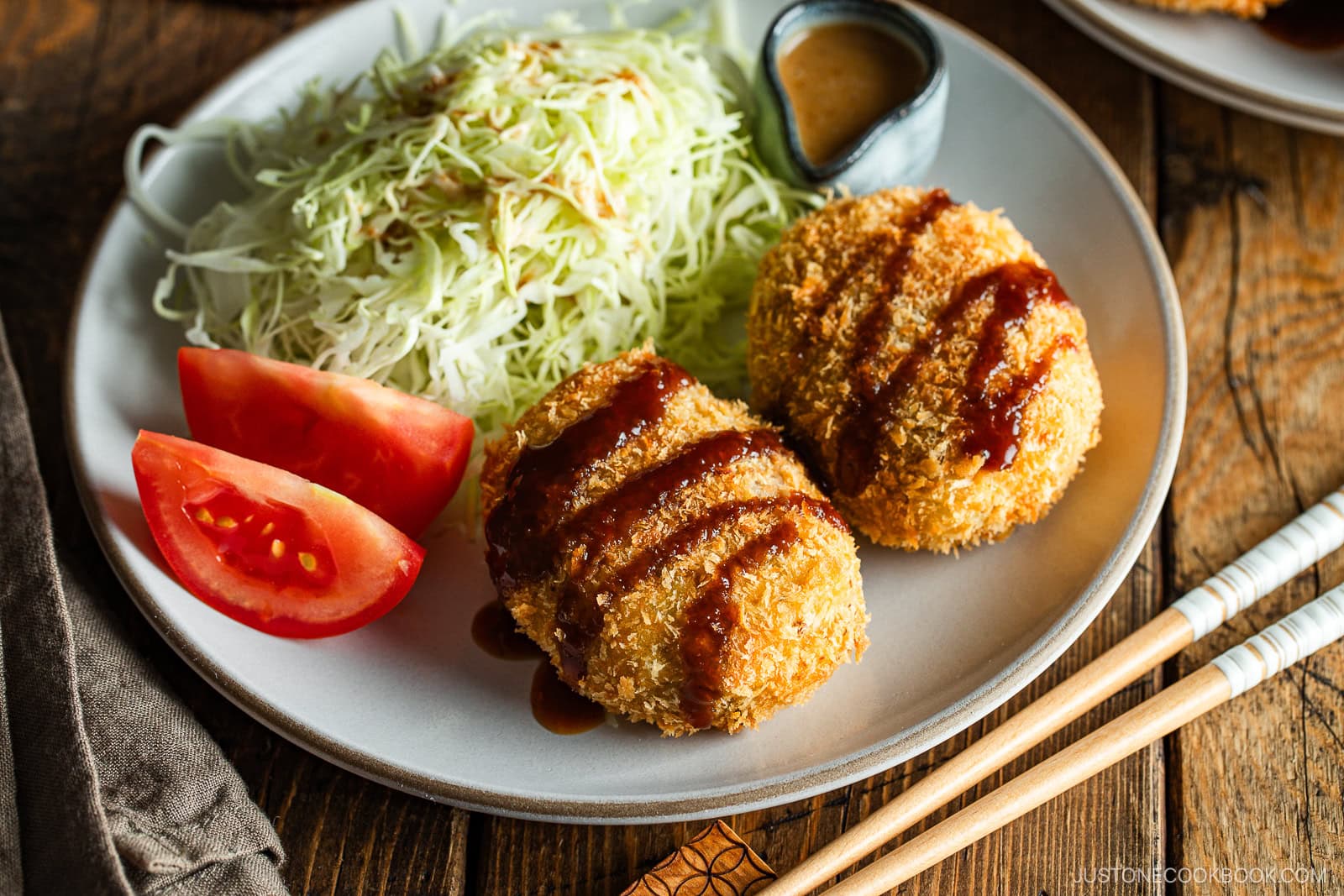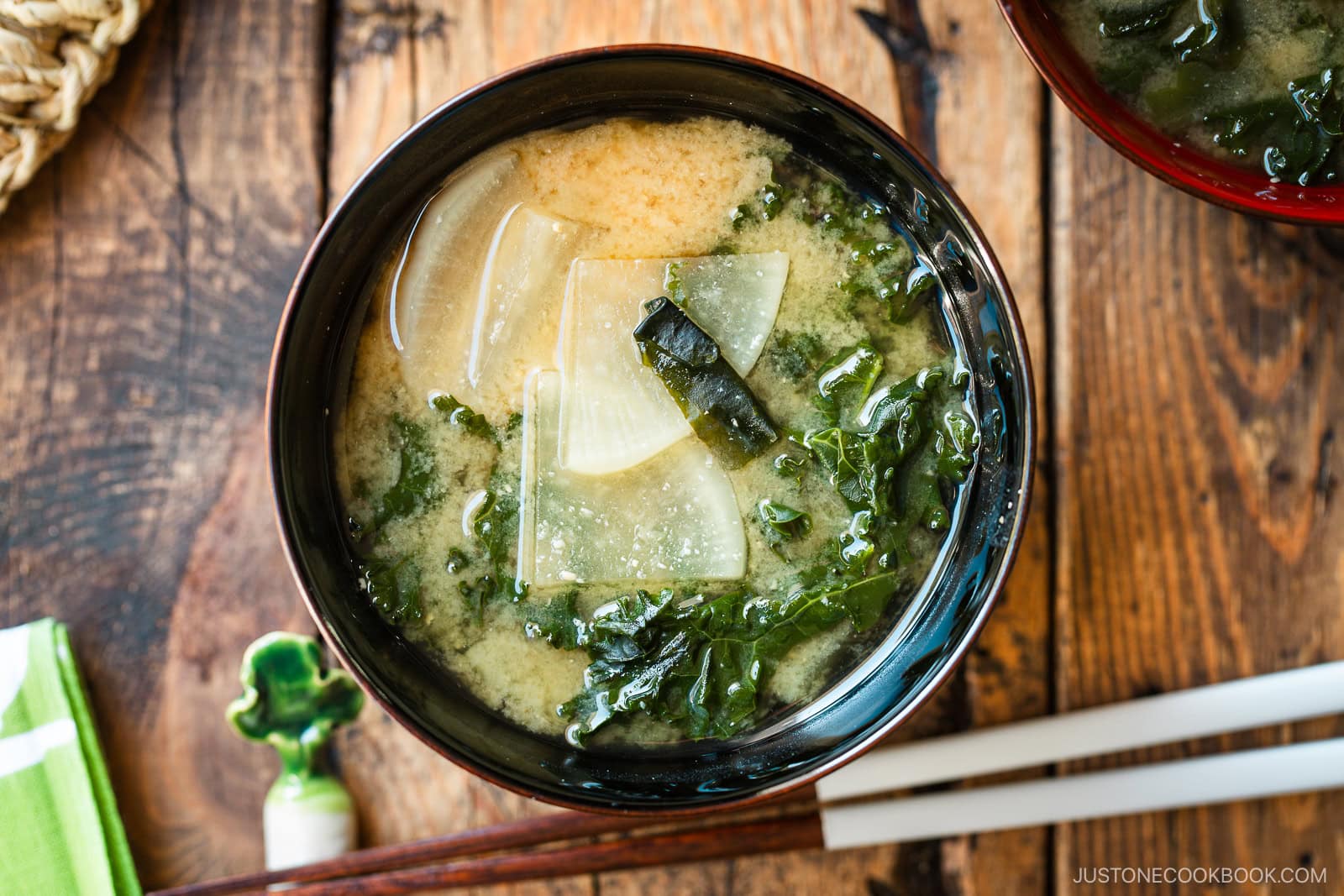Tamagoyaki (玉子焼き) is a delightful Japanese rolled omelet that resembles a Swiss roll. This dish is both sweet and savory, boasting a custardy, fluffy, and bouncy texture. Its unique flavor profile is enriched by the addition of soy sauce and dashi. After enjoying tamagoyaki at various Japanese restaurants, I decided to try my hand at making the perfect version at home.
Tamagoyaki is a wonderful addition to a bento box, serves as a sushi topping, and is a beloved staple in Japanese home cooking. While it is commonly known as the Japanese term for fried egg, it is also referred to as atsuyaki tamago, which translates to “thick fried egg.” This name reflects its thicker consistency compared to a standard omelet, achieved by rolling thin layers of egg into a log.
In this article, I will guide you through the process of making dashimaki tamago, a variation of tamagoyaki that incorporates dashi. This version is softer due to the increased liquid content in the egg mixture, resulting in a fluffier and more flavorful omelet. Additionally, I will share some tips to help you achieve success with ease.
Let’s get started!
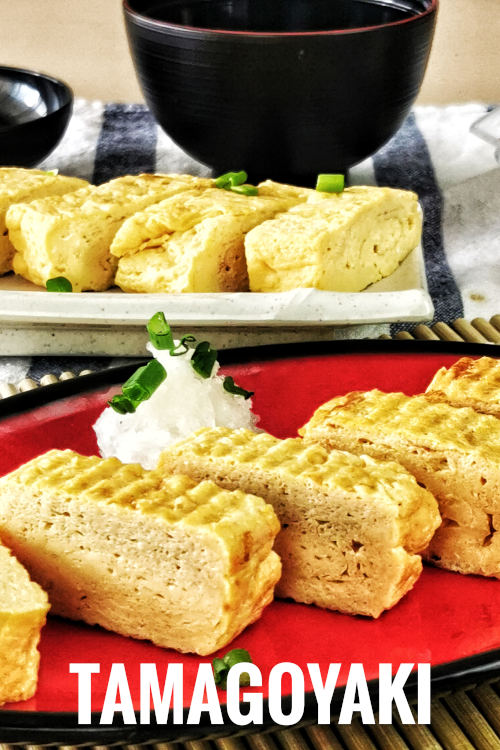
How to Make Tamagoyaki
Making tamagoyaki is not overly complicated, but there are some key points to ensure success. Here are the steps to create delicious tamagoyaki.
Preparation
- Crack four eggs into a bowl and beat them with chopsticks or a fork until the yolks and whites are fully combined.
- Add dashi, soy sauce, sugar, and a pinch of salt, mixing well.
- Strain the egg mixture through a fine sieve. This step is optional but helps create a fluffier and smoother rolled omelet by removing bubbles.
- Heat a tamagoyaki pan over medium heat. To check if it’s ready, drop a few drops of the egg mixture into the pan; it should cook almost immediately.
Cooking the Egg
- Pour a tablespoon of vegetable oil into the pan.
- Use a folded paper towel to wipe away most of the oil, leaving just enough to coat the pan.
- Pour in the first quarter of the egg mixture, using chopsticks to break any large bubbles.
- Once the egg begins to set at the bottom but is still semi-solid on top, roll it up using the chopsticks while tilting the pan slightly.
- After rolling, apply more oil to the empty space in the pan with the paper towel.
- Push the rolled egg back to the starting point and oil the surface of the pan again.
- Repeat the process with the second quarter of the egg mixture, ensuring to lift the roll so the new layer adheres.
- Continue this method for the third and final quarter of the egg mixture.
- Once finished, slide the tamagoyaki onto a sushi bamboo mat and roll it up gently.
- Allow the tamagoyaki to rest for five minutes before slicing it into half to one-inch blocks for serving.

Tips for Making the Perfect Japanese Rolled Omelet
Preparation
- Use the right amount of beaten egg for each layer; too little will cause the surface to dry out before the bottom sets, leading to separation when cut. A general guideline is to use four eggs and divide the mixture into four portions for a standard tamagoyaki pan.
- Beat the egg mixture gently to minimize bubbles, which can create holes between layers. However, ensure that the yolks and whites are well mixed to avoid visible layers of egg white.
Cooking
- The first two layers of the tamagoyaki are crucial for the overall presentation. They don’t need to fold perfectly, but ensure they are not fully cooked before rolling to help layers adhere.
- Maintain medium heat throughout the cooking process. It’s easier to control the temperature by lifting the pan rather than adjusting the stove.
Variations
- Adjust the sugar amount according to your taste; you can use either white or brown sugar. I prefer caster sugar for its ease of dissolving.
- Omit soy sauce if you want to preserve the bright yellow color of the tamagoyaki, or use a small amount of light soy sauce to minimize the impact.
- Dashi can be made from scratch or using store-bought dashi powder. For simplicity, reconstitute dashi powder with water. Start with one tablespoon of dashi per egg for the best results.
- Once you master the basic tamagoyaki, feel free to add ingredients like cheese, scallions, seaweed, vegetables, or ham for a flavor twist.
Important Points
- Always oil the pan before adding the next layer of egg mixture to prevent sticking.
- A non-stick pan can be used for less oil if preferred.
- Freshly made tamagoyaki is soft and may need shaping. While professional kitchens use special wooden blocks, you can shape it using a sushi mat or baking paper at home.
Using a Round Pan
- If you don’t want to buy a tamagoyaki pan, a round pan will suffice. While it won’t affect the flavor, it may be more challenging to achieve a perfect shape. To counter this, you can fold the sides inward before rolling to create a rectangular shape, though it may not be as aesthetically pleasing.
Instructions
Preparation
- Beat the eggs until the yolks and whites are fully mixed.
- Add dashi, soy sauce, sugar, and salt, mixing well.
- Strain the egg mixture through a sieve.
Cooking the Egg
- Pour vegetable oil into the pan.
- Wipe excess oil with a paper towel.
- Pour a quarter of the egg mixture and break any bubbles.
- When the egg sets at the bottom, roll it up.
- Oil the pan again and push the roll back.
- Repeat with the remaining egg mixture.
- Slide onto a bamboo mat and roll gently.
- Let rest for five minutes, then cut into blocks.
Notes
You can make dashi from scratch or use store-bought dashi powder. One sachet mixed with two cups of warm water will yield dashi stock.
Recommended Products
As an Amazon Associate and member of other affiliate programs, I earn from qualifying purchases.
Nutrition Information:
Yield: 6
Serving Size: 1
Amount Per Serving:
Calories: 78
Total Fat: 6g
Saturated Fat: 1g
Trans Fat: 0g
Unsaturated Fat: 4g
Cholesterol: 124mg
Sodium: 145mg
Carbohydrates: 2g
Fiber: 0g
Sugar: 2g
Protein: 4g
This data was provided and calculated by Nutritionix on 10/10/2021

